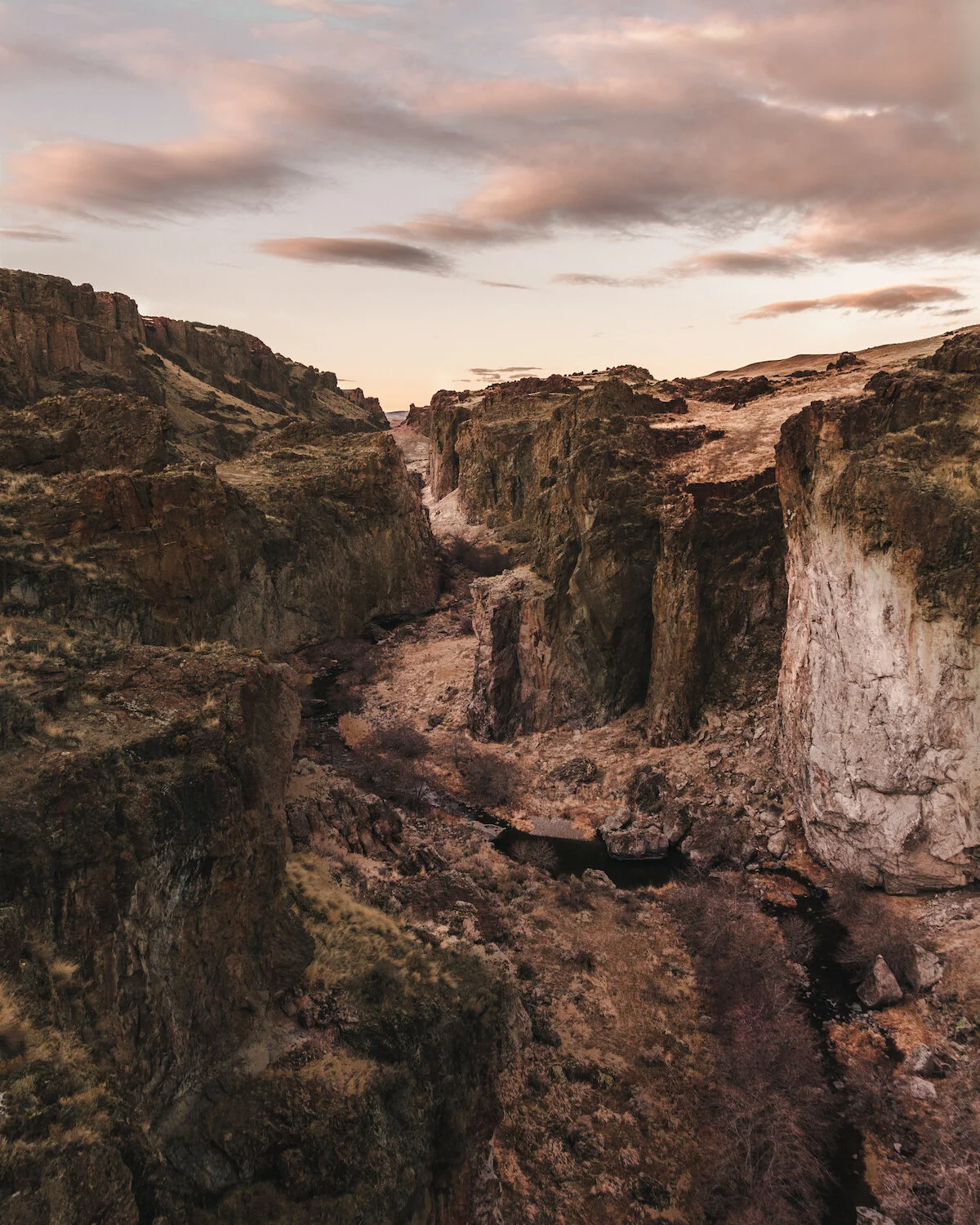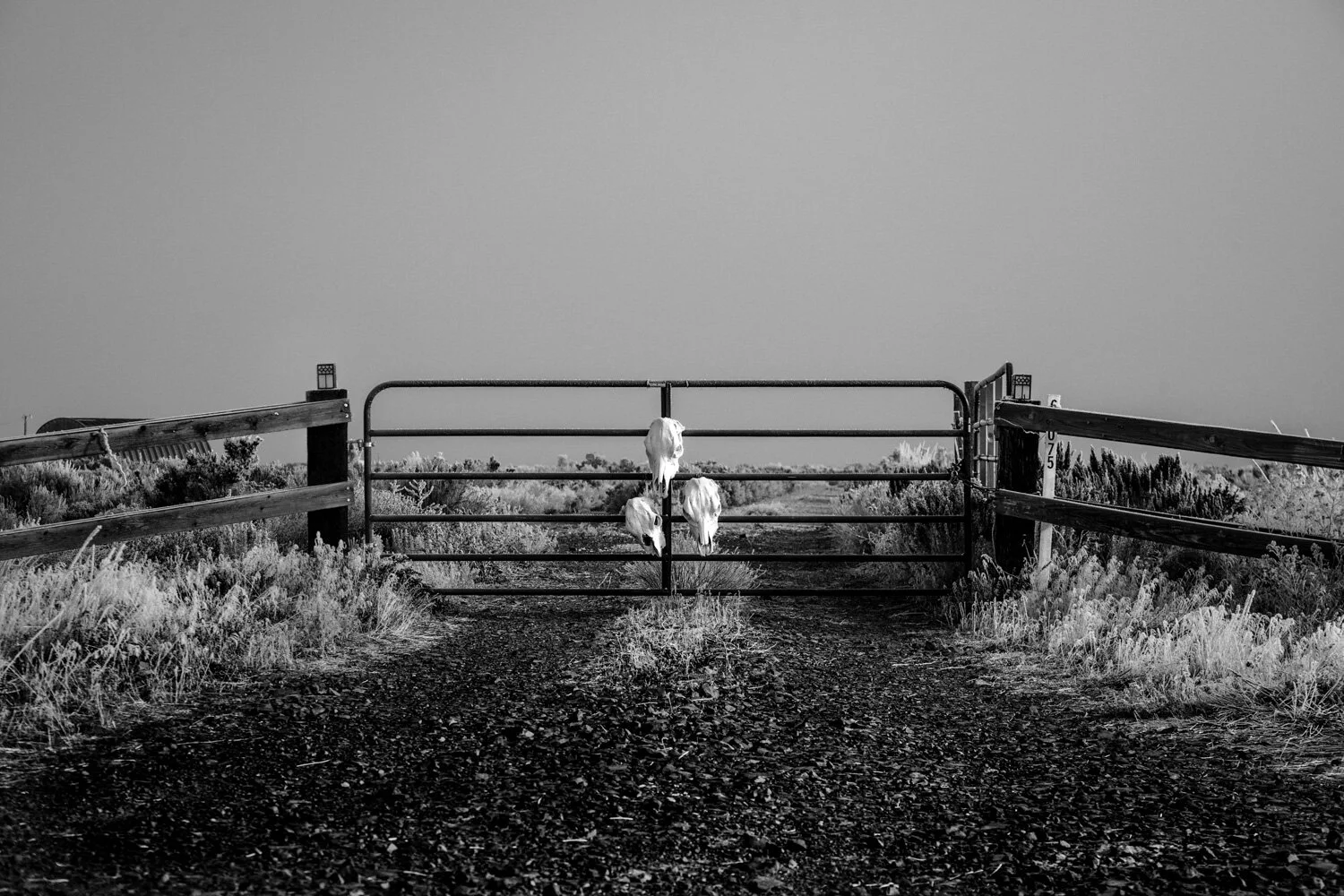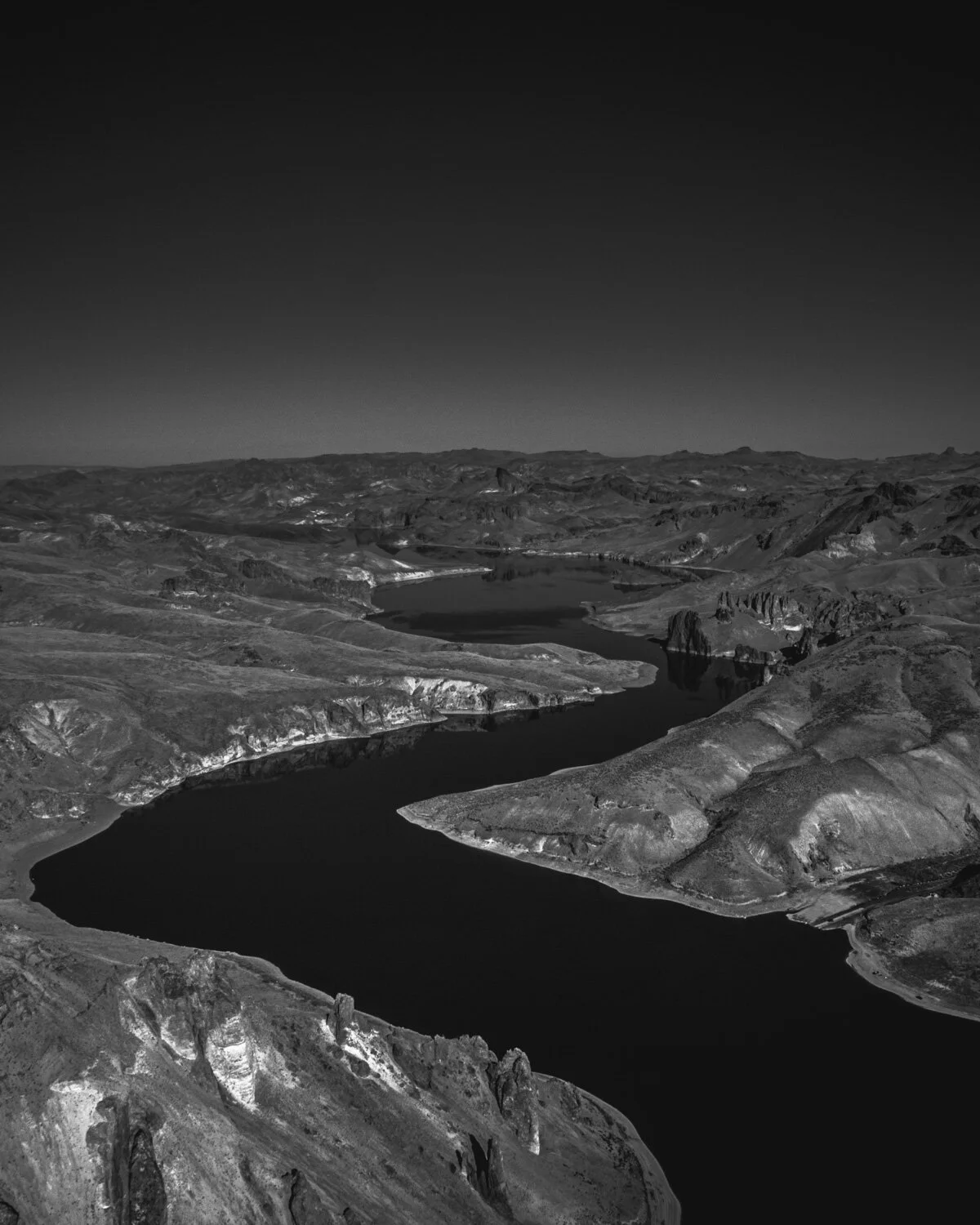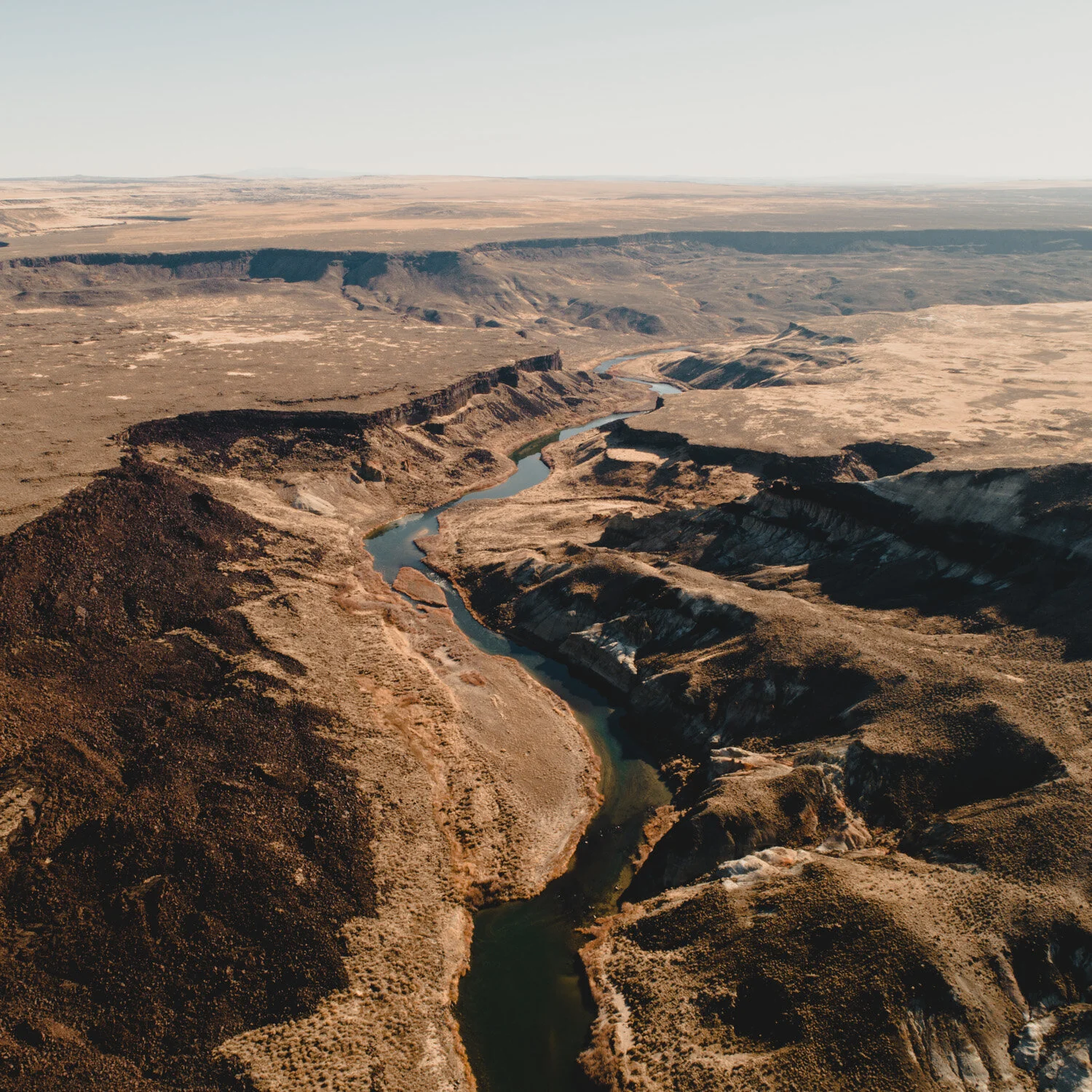Malheur
When most people think of Oregon, they think of lush green forests, snow capped mountains, and jagged coastlines. Deep in the southeast corner of Oregon’s high desert lives some of the wildest country that we, as Americans, have the privilege of sharing. Malheur county is home to The Owyhee Canyonlands, about as pristine and remote a wilderness as exists in the lower 48. The sun-drenched landscape, carved from the earth by the Owyhee River, serves as a testament to the innate beauty of The Great West and, to some, represents the last great conservation opportunity in America. Others call the burnt orange canyons and sprawling plains home and, to them, the landscape represents an intergenerational investment of blood, sweat, and tears - an investment that is threatened by the encroaching threat of conservation initiatives.
When waking up in the Canyonlands, it’s easy to understand the passion that people feel for them and the gusto with which they approach the conversation as to their future. There’s a sweetness in the air out there, in the way the scents of salt and sage coalesce. I’ve met a lot of dirt in my life but very little of it has brought with it the kind of grounding that I’ve found among the Owyhee’s towering cathedrals of rock and sprawling sea of sagebrush. Existing mostly in obscurity, the Owyhee has managed to avoid all of the land designations that might formally protect it against human caused degradation and exploitation. A push to secure this protection has led to a conflict that has spanned decades, with little progress made until recently. The conversation about how to manage the Owyhee is quite polarized, with environmentalists pushing for protective legislature and local communities fighting to prevent any unilateral land designation shift that doesn’t take their concerns into account.
Spanning over 2 million acres, the Owyhee is the largest intact unprotected wilderness in the lower 48. Home to plants that exist nowhere else on earth along with more than 200 species of wildlife, it’s about as wild as wild gets. It takes a certain kind of person to thrive in the desert, to make a place like the Owyhee their home. The people of Malheur County live close to the land and, with agriculture being the county’s largest industry, many of them spend their life covered in it. When it comes down to it, you’d be hard-pressed to find someone who loves dirt as much the people of the Owyhee love theirs.
In November of 2019, Senator Ron Wyden introduced legislature detailing a unique path towards both the long-lasting ecological health of the Owyhee and the continued prosperity of the people of Malheur County. The bill, which still needs to go through the full legislative process, designates 14 miles of The Owyhee river as wild & scenic and places over 1 million acres under wilderness designation. It’s not only a major milestone for the Owyhee, but also could serve as an important precedent for the future of land management in America. Paused thanks to the COVID-19 pandemic, this ongoing project is an exploration of the social and ecological landscape of Malheur County and those who care about its future.
























































